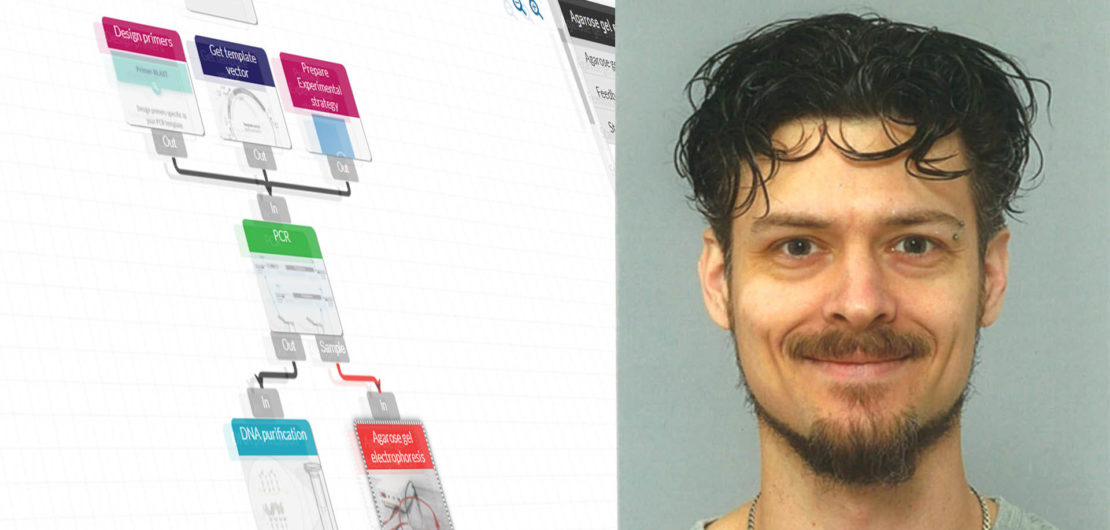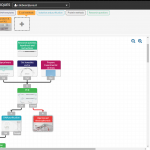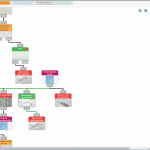
Preparing for lab with a digital manual
About
| Course | Molecular Techniques |
| Lecturer | Richard de Boer |
| Context | A molecular biology practical course in which students work on one long experiment and continue each day with their own research materials, illustrated with a few bio-informatics tools |
| Challenge | Students came unprepared to the laboratory and had difficulty grasping the bigger picture for the whole experiment |
| Intervention | We set up an e-learning environment using LabBuddy in which we made a digital lab manual |
| Evaluation | Students indicated they liked working with labbuddy and the setup of the course helped them in making the right choices |
Interview with Richard de Boer
Can you tell something about your course before the innovation?
Students came unprepared to the laboratory and had difficulty grasping the bigger picture for the whole experiment. Somewhere along the practical they started to understand the purpose of each of the experiments instead of first making a good experimental design and thinking about the bigger picture.
What intervention was chosen?
We set up an e-learning environment using LabBuddy in which we made a digital lab manual. All protocols and theory were digitized and illustrated with movies. At the start of the practical, students had to set up their own experimental design for the whole experiments and, along the line, had to answer questions about the theory and decisions they had to make.
Did it solve the issue?
Yes, students had a much better understanding of the whole experiment and understood much better how each of the experiments were related to each other.
What was the students’ experience?
The students were very positive. They indicated they liked working with labbuddy and the setup of the course helped them in making the right choices.
Are you going to use it again?
Yes, I very much plan on using it again. In fact, I would like to take it to the next level by no longer planning the experiments for the students anymore. This year, the students had to make their own experimental design, but afterwards they all had to do the same experiments in the same order on the same day. I would like to go further by just providing the students with the materials and protocols, and give them a set amount of time for the experiments, but no longer plan each day for them. Also to encourage preparing more, I will no longer provide them with specific protocols, but rather the generic protocols that they need to make specific for their situation. This way, they need to think about the way an experiment is set up. This will much better prepare them for the bachelor project.
How much (extra) work did it cost you?
Setting up the digital lab manual does cost a lot of time. The company behind the LabBuddy system can do a lot of this work for you, but this will cost money, and still requires a lot of input from the teacher, especially when it comes to the course setup. Digitizing a protocol is quite easy, but integrating it into a whole course in the way you want takes a bit more time. However, the benefits do outweigh this in my opinion.
Do you recommend this approach to other lecturers?
I do recommend this to other practical courses. One of the benefits of a digital manual is the extra information that is very readily available to the students. This takes many of the questions away from the assistants and gives them more time to talk about the experiment and the theory behind the experiments. Also because the students have to think about the whole setup of the experiments, instead of handing them a “cookbook”.
Impression
-
- Students create their own experimental design. For each operation they design, they can indicate whether they started the experiment or already finished it.
-
- For each operation, you can add specific questions. These can be about the theory (they can answer these when preparing) or about the protocol (for example to help them understand the purpose of steps from the protocol.)
-
- The system provides a schematic overview of all the steps in the protocol and you can easily give tips. Also, when there are protocol changes, these can be made on one computer and all students will immediately have the updated protocol.








